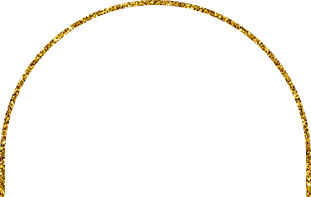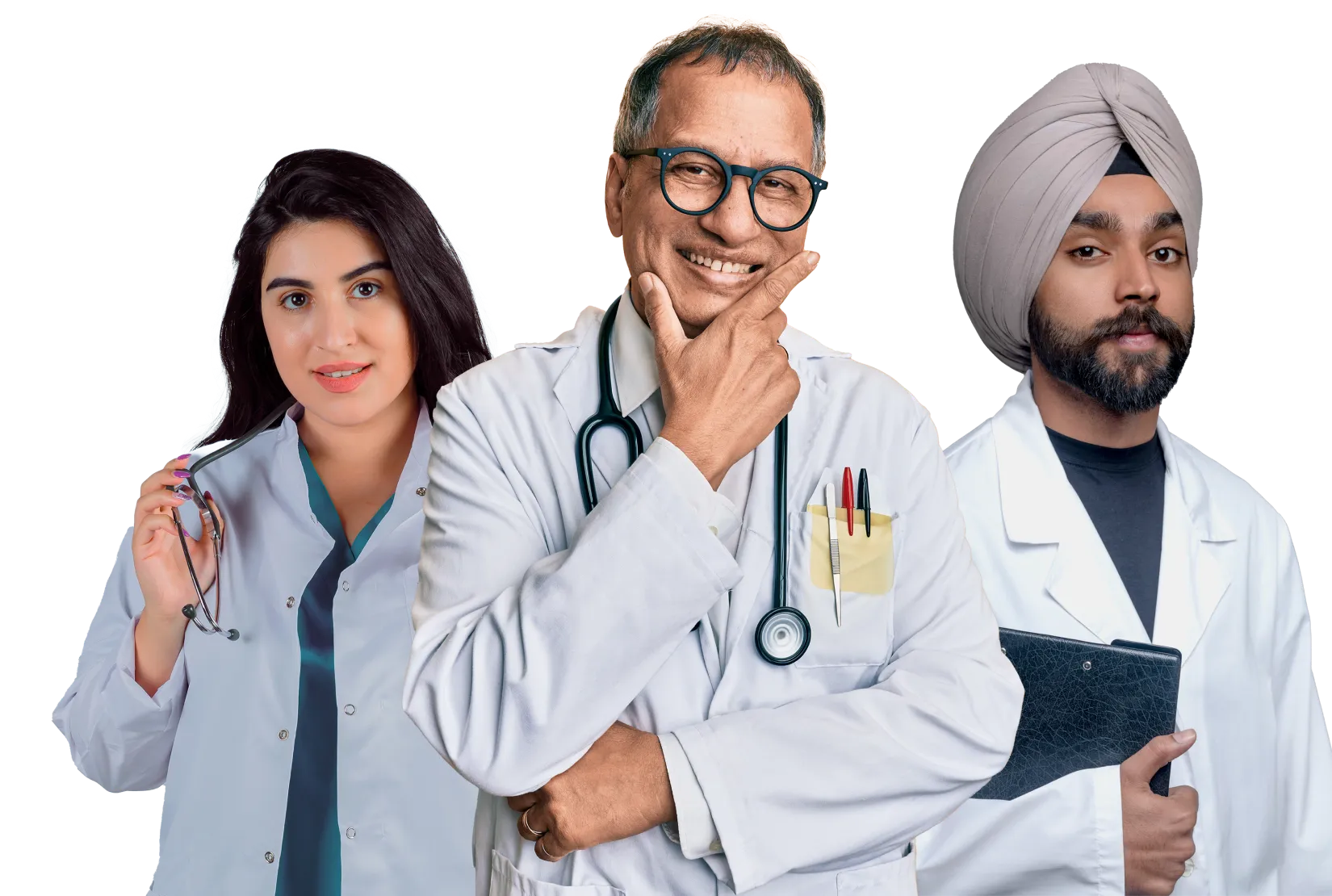Girls Breast - #18590
I have a 13-year-old daughter who recently started developing breasts, and she has been experiencing pain and tenderness in the area. She told me that sometimes one side feels more swollen than the other, and she is really worried. I remember going through similar changes during my teenage years, but I don’t recall having this much discomfort. Doctor, is it normal for a girl’s breast to develop at different speeds? My daughter is worried because one side seems slightly bigger than the other. Will they eventually even out, or should we be concerned? Another thing I noticed is that her skin sometimes looks a little red or stretched in certain areas. She also mentioned feeling tiny lumps or knots inside her breast tissue. I assume these are just normal growing pains, but I want to make sure. Could these lumps be related to hormonal changes, or should I take her for a medical checkup? She also asked me about the shape and size of breasts and whether diet or exercise affects how they develop. I wasn’t sure how to answer her. Do foods like soy, dairy, or certain herbs have any impact on breast development in girls? Also, can wearing the wrong type of bra at a young age affect the shape of the breasts in the future? I’ve also heard about conditions like fibrocystic breasts or excessive estrogen causing breast discomfort. Are there any Ayurvedic remedies or natural ways to support healthy breast development and reduce discomfort during puberty? My daughter is not a fan of painkillers, so I’d love to know if there are any herbal oils or dietary changes that could help. Additionally, she asked me if massage or exercises could help relieve the pain. I don’t want her to do anything that might cause harm. Is it safe for a teenage girl to do certain breast exercises to relieve pain and promote healthy growth? One last concern—are there any warning signs we should watch for? I don’t want to scare her, but at the same time, I want to be aware of anything unusual. How do we tell the difference between normal breast development pain and something that needs medical attention? Would love to get your insights, especially from an Ayurvedic perspective, on how to support healthy breast development in girls.
Shop Now in Our Store





Doctors' responses
It’s quite common for breast development in adolescents to happen at different rates, and variations in size between the two breasts can occur due to normal hormonal changes during puberty. In many cases, these differences even out over time as development progresses. Tenderness and swelling can be part of this process, and it’s reassuring that many girls experience similar symptoms. However, the presence of lumps or knots is something that should be monitored closely. Ayurvedically, such lumps could reflect an imbalance in doshas or dhatus which can create localized swelling or tender areas. While hormonal changes can cause this, the red or stretched skin might indicate a need for support in the connective tissues (such as Rasa and Mamsa dhatu).
For comfort, consider a gentle daily self-massage using warm sesame or almond oil, as both can promote circulation and provide nourishment to the tissues. A mix of turmeric and milk can also help with inflammation and tenderness. A balanced diet emphasizing whole foods, including fresh vegetables, nuts, and seeds, is beneficial. Avoid overly processed foods and limit excessive dairy or soy, as they might influence estrogen levels. Including whole grains and healthy fats will further support her hormonal balance. Encourage her to stay hydrated and incorporate light exercises, such as swimming or yoga, which can be particularly beneficial for physical and hormonal balance, while always being cautious about the intensity to avoid stress on her growing body.
To address breast pain, gentle exercise that promotes relaxation and circulation, like shoulder rolls or stretches, is safe and can alleviate discomfort. It’s important to remind her that while changes can be uncomfortable, this is a natural process, but if she notices persistent or painful lumps, significant changes in size, or any unusual discharge, seeking a medical checkup is prudent. Watch for symptoms like severe pain not alleviated by home remedies, changes in skin color, or persistent lumps that don’t diminish. Counting on Ayurveda’s holistic wisdom and combining it with open communication will support her health through this transformative phase.

100% Anonymous
600+ certified Ayurvedic experts. No sign-up.
About our doctors
Only qualified ayurvedic doctors who have confirmed the availability of medical education and other certificates of medical practice consult on our service. You can check the qualification confirmation in the doctor's profile.


